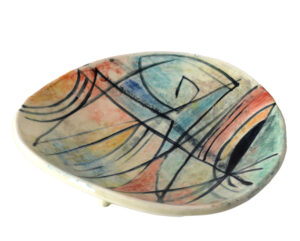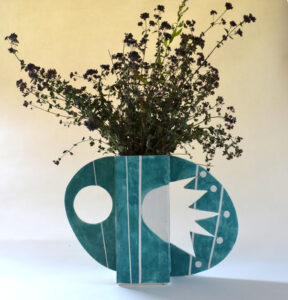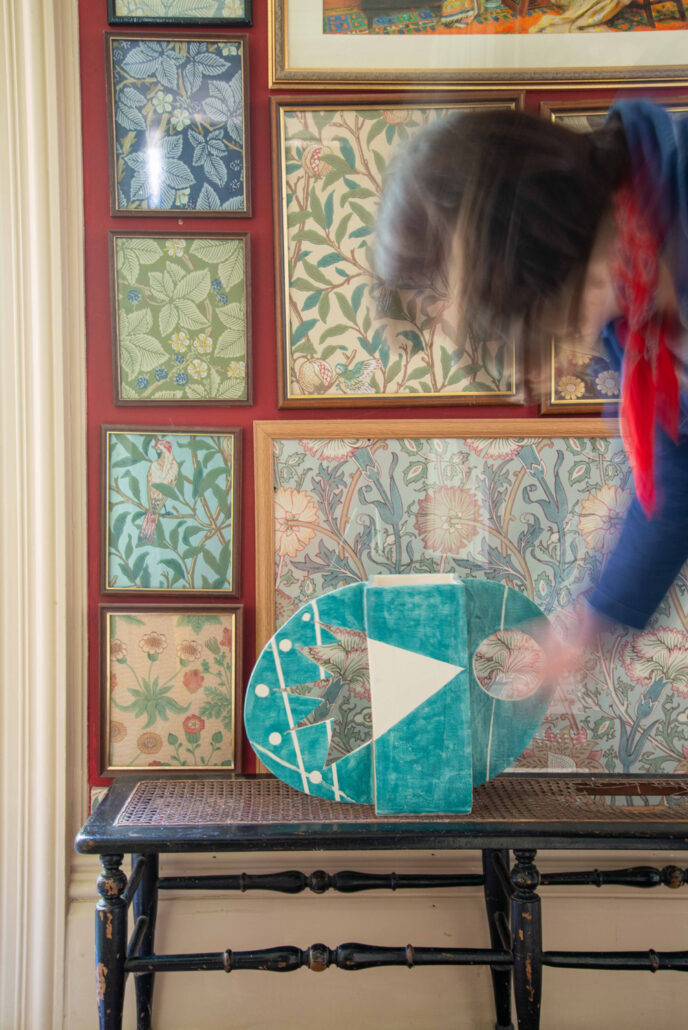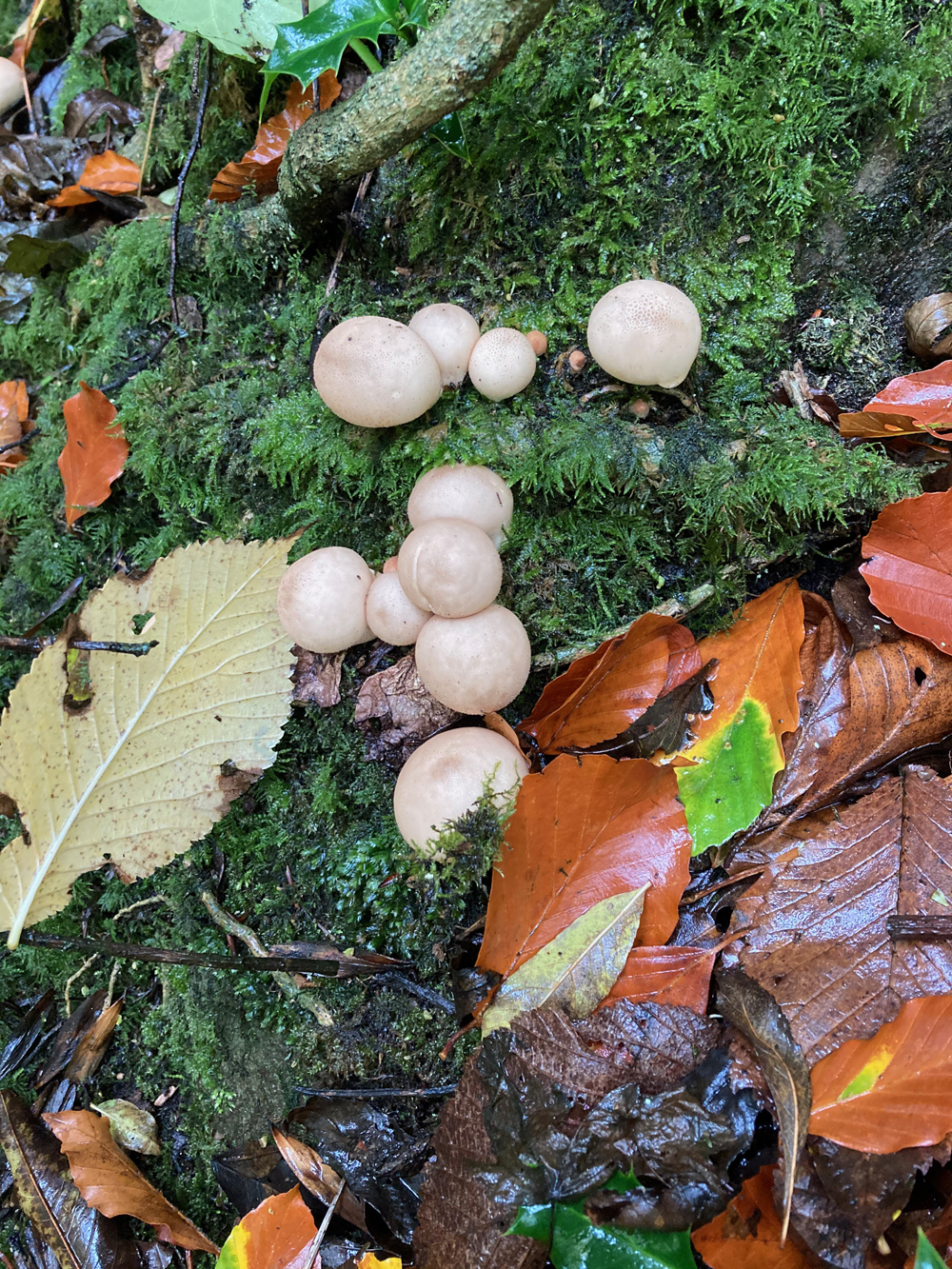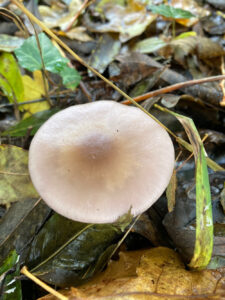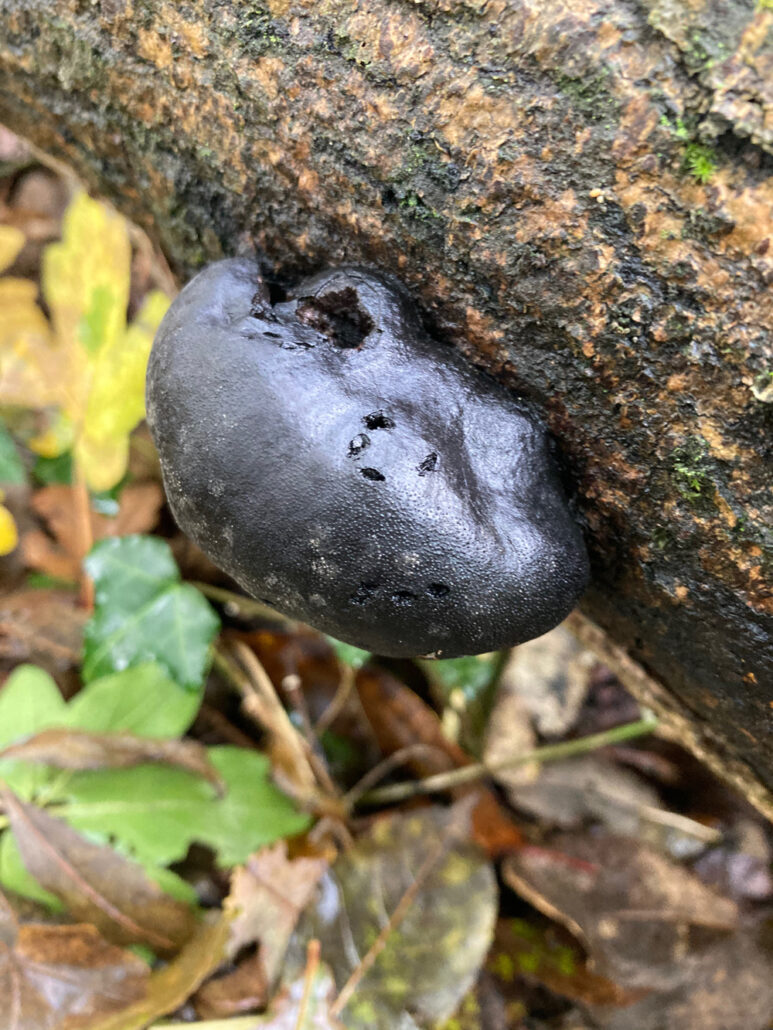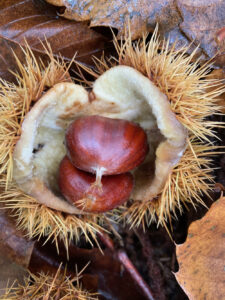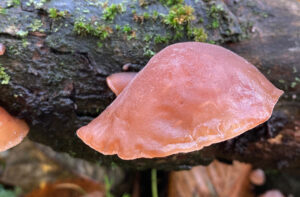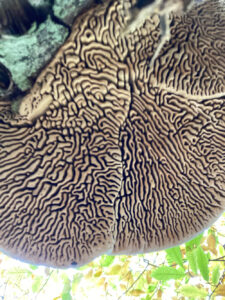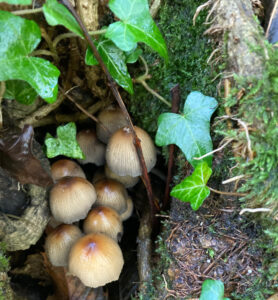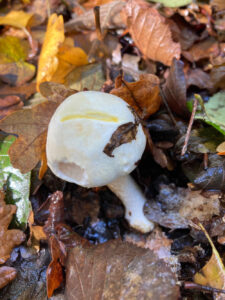The Spirit with no anus – pottery and anthropology
Walking up to Bradlow Knoll on a bleak overcast day can be heavy going, and though I like to think I ascended the hill like a young impala, the truth is that it was … heavy going. Recovering my breath on C.J.’s bench, I decided to continue further into Frith Wood, on your behalf, as there was a possibility that the snowdrops were still in bloom, and I could take some photos for the blog. Alas, I was too late, and too early for anemones and bluebells. It was all a dull greyish brown, with little to attract the eye, so inevitably one’s mind wandered.
Every so often, ceramic vases fling themselves headlong to the floor, shattering into many pieces with that splintering sound that is so alarming. Or else they’ll explode in a muffled thud in the kiln during a firing. Or sometimes you’ll hear that gentle click as one vase touches another and a handle you spent half a day getting right weeks ago drops off. It is not an obvious issue related to ceramics, that of the sound clay makes, but a recent pinging heard on opening the kiln prematurely (revealing a long thin hairline fracture on a vase) brought it to mind.
This was reinforced when I met a professor of anthropology at a party recently. He has written a paper regarding the symbolic resonances of clay, pottery-making, and pottery objects amongst Northwest Amazonian peoples that adds to our understanding of how indigenous populations think about, and relate to, the production and use of ceramic objects, especially in the contexts of ritual and cosmology. Yes, these are the sort of parties I go to.
He told me about the Colombian Pirá-Paraná region’s version of the story that accounts for the origin of the clay used to make pottery. As you have no doubt worked out from the blog’s title, it is an earthy and unpretentious story, and squeamish readers may now want to turn away and just look at the pictures. OK? Here goes. The Spirit with no anus began visiting the children in the house of his neighbour, swearing them to secrecy, entertaining them with his ankle rattles and maracas, and running away when the adults appeared. When the youngest child divulged everything, the Spirit boiled them in a cooking pot, though the youngest one escaped and told his father, who retrieved the children’s bones, which he beat with leaves, thus bringing them back to life as capuchin monkeys. Much later the Spirit came upon the father fishing in a lake. The father let off a loud and sonorous fart, and the Spirit with no anus, of course, wanted to know how he achieved this. The father explained that one needed an anus, and that if he wanted, he’d make the Spirit one by poking a stick up his backside. Which he did, hammering the stick further and further into his body until it came out through his throat and the Spirit fell down dead.

The Spirit’s smooth backside, an upturned Barasana pot (collection of Dr Stephen Hugh-Jones, photo by same)
Now, bear with me. The Spirit is Clay Father. The flesh and other soft parts of his body became the pungent, bluish-grey potting-clay that is extracted from holes in the banks of streams. The Spirit was a creator deity who gave rise to the earth, and his smooth backside is the underside of a cooking pot; the pot’s mouth is his voracious, open maw; and from the pot’s point of view, when the father retrieves his children’s bones, the pot vomits them from his open mouth. Today he appears as a pottery trumpet.
From flatulence to flutes, and the ceramic instruments made long ago in South America, clay lends itself to being blown into to produce all sorts of sounds. Just think of the humble ocarina, the Andean clay pipe, the clay whistle and the percussive pot drums, often made in animal or human form, probably for ceremonial functions or as playthings.
The “whistling jar” is a 1- or 2-chambered vessel in which a whistle, often concealed by a bird’s head, is sounded by blowing into the spout, or by pouring liquid from one chamber to the other to create a bird-like twittering sound. Smaller whistles in animal shapes, perhaps worn suspended from the neck, frequently have fingerholes that allow variation of pitch. Sometimes, the sound it creates mimics the creature represented.
The poster above is to call your attention to The Chuffed Store Pop-up shop which is appearing at 16 Seymour Place, Marylebone, London, W1H 7NG until 26th March. You will not see clay trumpets, ocarinas or fat-bottomed pots there, but you will see fine examples of Peter Arscott ceramics, including three-legged bowls and large stoneware platters. Dotted incoherently around this blog are images of said pieces.
If you’d like to try making a clay ocarina yourself, click here – the first person who succeeds and sends me a video showing it in action will win a three-legged bowl.


















